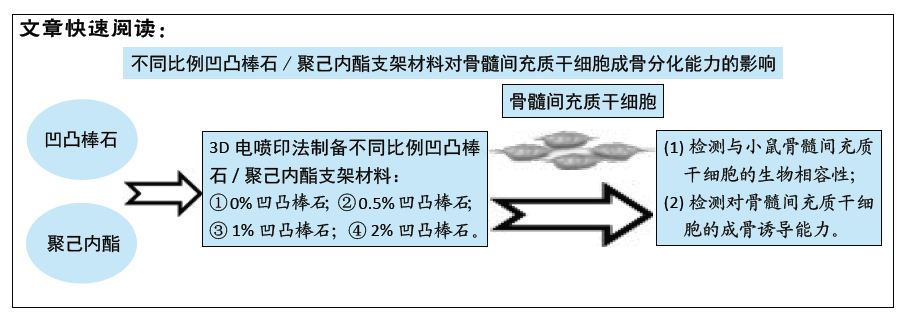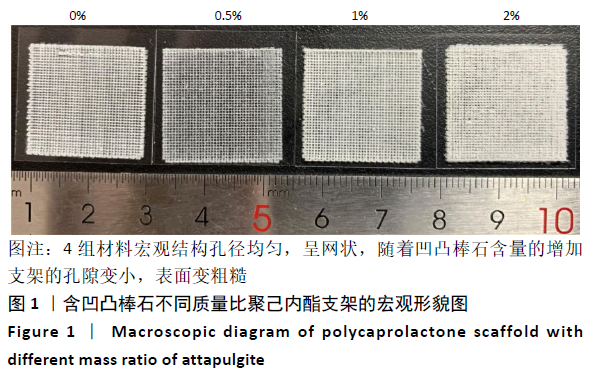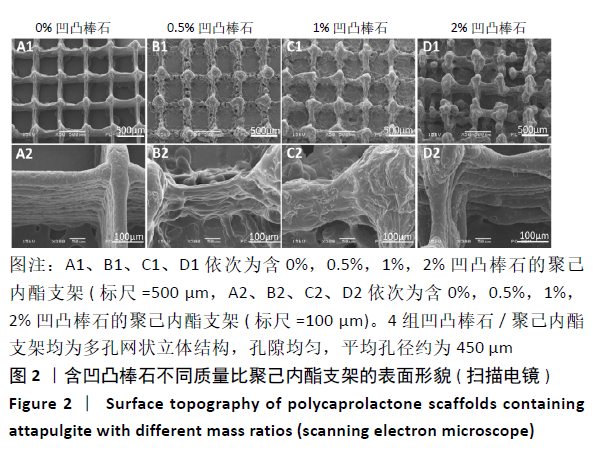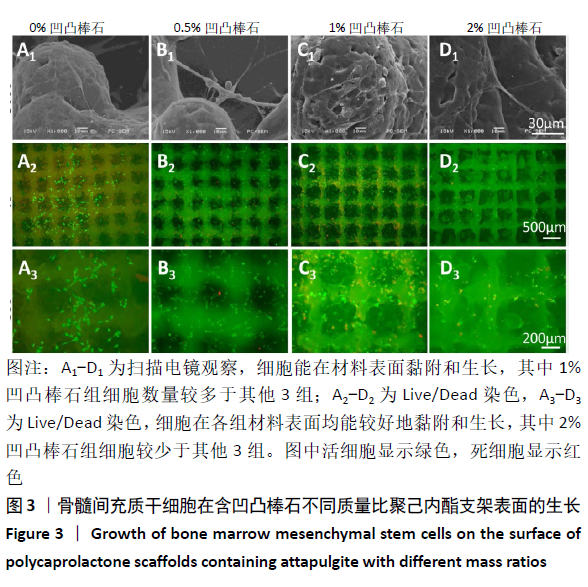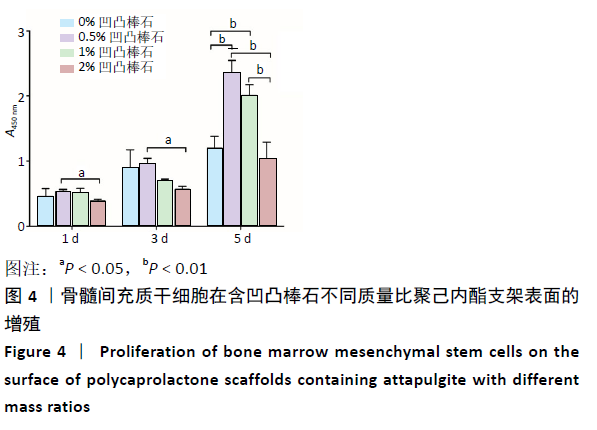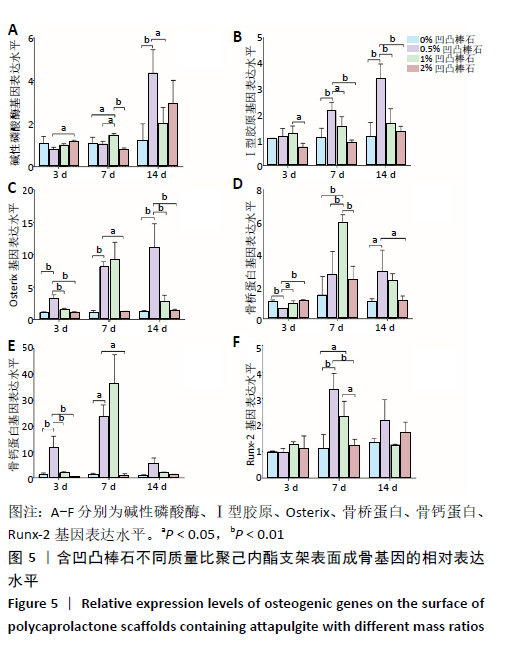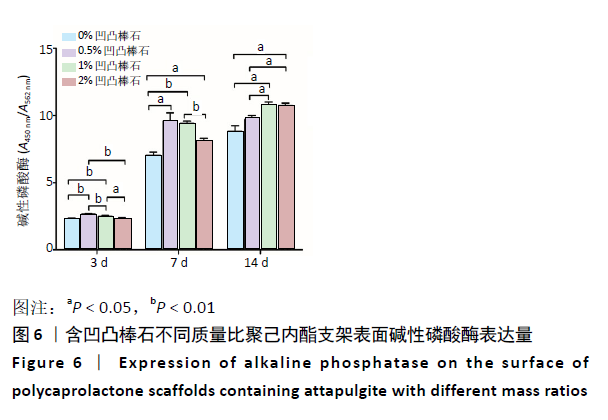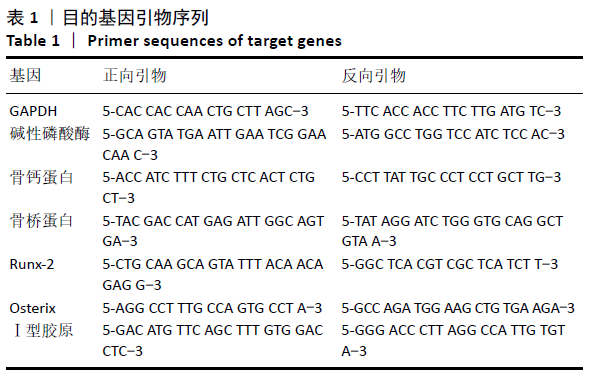[1] ZHANG B, SEONG B, NGUYEN V, et al. 3D printing of high-resolution PLA-based structures by hybrid electrohydrodynamic and fused deposition modeling techniques. J Micromech Microeng. 2016;26(2): 025015.
[2] WU JL, LIU S, HE LP, et al. Me, Electrospun nanoyarn scaffold and its application in tissue engineering. Mater Lett. 2012;(89):146-149.
[3] AHMAD Z, RASEKH M, EDIRISINGHE M. Electrohydrodynamic Direct Writing of Biomedical Polymers and Composites. Macromol Mater Eng. 2010;295(4):315-319.
[4] QU XL, XIA P, HE JK, et al. Microscale electrohydrodynamic printing of biomimetic PCL/nHA composite scaffolds for bone tissue engineering. Mater Lett. 2016;185(9):554-557.
[5] CHEN H, HUANG J, YU J, et al. Electrospun chitosan-graft-poly (ɛ-caprolactone)/poly (ɛ-caprolactone) cationic nanofibrous mats as potential scaffolds for skin tissue engineering. Int J Biol Macromol. 2011;48(1):13-19.
[6] REID AJ, LUCA AC, FARONI AS, et al. Long term peripheral nerve regeneration using a novel PCL nerve conduit. Neurosci Lett. 2013; 544(7):125-130.
[7] KIM CH, KHIL MS, KIM HY, et al. An improved hydrophilicity via electrospinning for enhanced cell attachment and proliferation. J Biomed Mater Res B Appl Biomater. 2006;78(2):283-290.
[8] TENG Y, LIU ZY, YAO K, et al. Preparation of Attapulgite/CoFe2O4 Magnetic Composites for Efficient Adsorption of Tannic Acid from Aqueous Solution. Int J Environ Res Public Health. 2019;16(12):2187.
[9] 张海燕,吴凡,王诺鑫,等.天然纳米材料凹凸棒土促进Sp2/0细胞增殖的研究[J].现代生物医学进展,2010,10(6):1039-1042.
[10] 张晓敏,王世勇,李根,等.Ⅰ型胶原/聚己内酯/凹凸棒石复合支架材料体外诱导成骨的研究[J].中国生物工程杂志,2016,36(5):27-33.
[11] 宁钰,秦文,任亚辉,等.载淫羊藿苷/凹凸棒石/I型胶原/聚己内酯复合支架修复兔胫骨缺损的实验研究[J].中国修复重建外科杂志,2019,33(9):1181-1194.
[12] FU C, BAI HT, ZHU JQ, et al. Enhanced cell proliferation and osteogenic differentiation in electrospun PLGA/hydroxyapatite nanofibre scaffolds incorporated with graphene oxide. PLoS One. 2017;7(11):6331-6339.
[13] ZHAO HB, TANG JJ, ZHOU D, et al. Electrospun Icariin-Loaded Core-Shell Collagen, Polycaprolactone, Hydroxyapatite Composite Scaffolds for the Repair of Rabbit Tibia Bone Defects. Int J Nanomedicine. 2020;15: 3039-3056.
[14] WANG BL, CHEN X, AHMAD ZS, et al. 3D electrohydrodynamic printing of highly aligned dual-core graphene composite matrices. Carbon. 2019;153:285-297.
[15] 贺超,王磊,李国远,等.3D打印在骨科的应用[J].中华骨科杂志, 2017,37(19):1235-1241.
[16] WOODRUFF MA, HUTMACHER DW. The return of a forgotten polymer-polycaprolactone in the 21st century. Prog Polym Sci. 2010;35: 1217-1256.
[17] KIM MS, KIM GH. Three-dimensional electrospun polycaprolactone (PCL)/alginate hybrid composite scaffold. Carbohydr Polym. 2014; 114(19):213-221.
[18] WU Y, GOPU S , FAWZY AS, et al. Fabrication and evaluation of electrohydrodynamic jet 3D printed polycaprolactone/chitosan cell carriers using human embryonic stem cell-derived fibroblasts. J Biomater Appl. 2016;31(2):181-192.
[19] WANG Z, ZHAO YL, LUO Y, et al. Attapulgite-doped electrospun poly(lactic-co-glycolic acid) nanofibers enable enhanced osteogenic differentiation of human mesenchymal stem cells. RSC Adv. 2015;5(4): 2383-2391.
[20] 张晓敏,宋学文,王维,等.凹凸棒石/Ⅰ型胶原/聚己内酯复合修复聚己内酯复合修复兔骨缺损的实验研究[J].中国修复重建外科杂志,2016,30(5):626-633.
[21] 任亚辉,赵兴绪,秦文,等.凹凸棒石/Ⅰ型胶原/聚乙烯醇复合支架材料制备与表征及体外成骨诱导性能研究[J].材料导报, 2018(S2):199-203.
[22] 吴顺义,张晓蓉.Runx2在成骨细胞和软骨细胞分化中作用的研究进展[J].医学综述,2019,25(7):1302-1307.
[23] KOMORI T. Roles of Runx2 in Skeletal Development. Adv Exp Med Biol. 2017;962:83-93.
[24] WILDMAN BJ, GODFREY TC, REHAN M, et al. MICRO management of Runx2 Function in Skeletal Cells. Curr Mol Biol Rep. 2019;5(1):55-64.
[25] 李庆帆,王佐林. ALP、Runx2及OCN在大鼠拔牙后牙槽骨来源BMSCs中的表达[J].口腔颌面外科杂志,2017,27(2):77-82.
[26] HUTCHINGS G, MONCRIEFF L, DOMPE C, et al. Bone Regeneration, Reconstruction and Use of Osteogenic Cells; from Basic Knowledge, Animal Models to Clinical Trials. J Clin Med. 2020;9(1):139.
[27] 梁莉,周威,余继锋,等.内皮素受体对牙周膜细胞碱性磷酸酶活性和骨钙素含量影响[J].口腔颌面修复学杂志,2015,16(2):68-71.
[28] 吴曦,彭锐.不同浓度淫羊藿苷对人骨髓间充质干细胞成骨分化的影响[J].中国组织工程研究,2018,22(5):669-674.
[29] SWEENEY S, ADAMCAKOVA-DODD A, THORNE PS, et al. Assouline, Biocompatibility of multi-imaging engineered mesoporous silica nanoparticles: in vitro and adult and fetal in vivo studies. J Biomed Nanotechnol. 2017;13(5):544-558.
[30] NIELSEN FH, POELLOT R. Dietary silicon affects bone turnover differently in ovariectomized and sham-operated growing rats. J Trace Elem Exp Med. 2004;17(3):137-149.
[31] WANG MH, ZHONG HB, FAN YC, et al. Spark plasma sintering of bioactive Ca2MgSi2O7 ceramics. J Biol Inorg Chem. 2017;32(8): 825-830.
[32] CHEN L, DENG CJ, LI JY, et al. 3D printing of a lithium-calcium-silicate crystal bioscaffold with dual bioactivities for osteochondral interface reconstruction. Biomaterials. 2019;196:138-150. |
